Need for Speed!
New UFMS systems
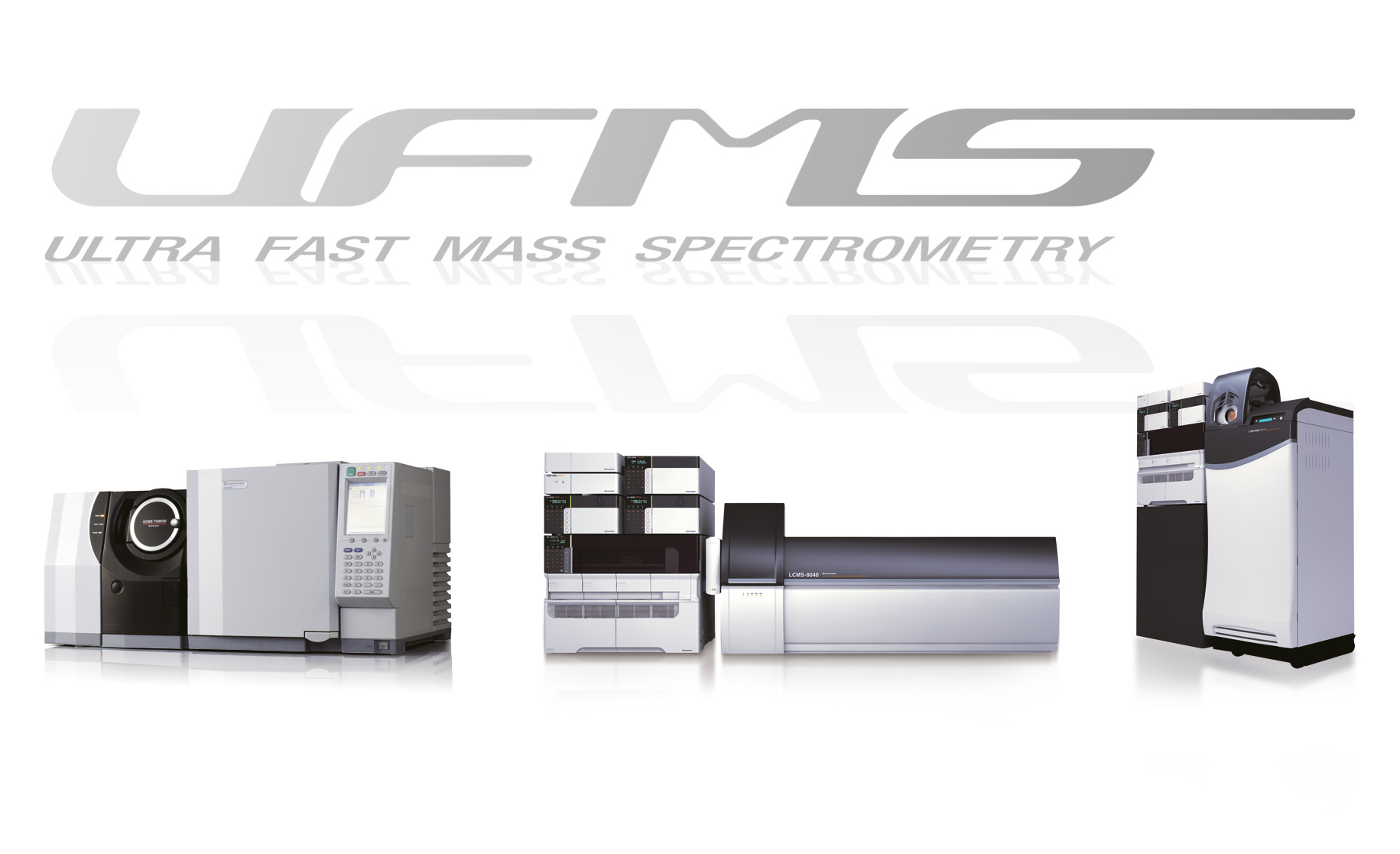 Figure 1: GCMS-TQ8030, LCMS-8040 and LCMS-8080
Figure 1: GCMS-TQ8030, LCMS-8040 and LCMS-8080
The ever-increasing number of samples in high-throughput analysis, especially in liquid chromatography (LC), sets the trend towards accelerating separations in order to meet the increasing need to handle more and more sample material in the shortest time possible. Fast chromatographic separations can currently generate peak widths of just a few seconds. Detectors coupled to such LC systems must therefore also meet the requirements for fast and valid signal acquisition and transmission.
For mass spectrometric analysis speed does not only mean high throughput but also the generation of as much information as possible over a short period of time. Modern and fast GCMS and LCMS analysis systems attain much higher data quality and more data points per peak compared to the systems used to date. At the same time, they provide significantly improved spectral quality as well as improved and reliable quantification reproducibility.
Shimadzu has introduced three new fast UFMS systems that combine outstanding data quality with excellent speed parameters.
The new LCMS-8040, LCMS-8080 and GCMS-TQ8030 triple quadrupole mass spectrometers offer a maximum of functionality for various application areas such as food quality control and drug testing. Together with the LCMS-8030, the new systems form a technological platform meeting any individual requirement.
LCMS series
The most important requirement for fast triple quadrupole LCMS analysis in a regulated environment includes, in addition to system sensitivity, fast data acquisition rates in terms of scan speed and the number of MRM transitions (Multiple Reaction Monitoring) that can be measured per second. For more complex analyses, fast polarity switching times also play an important role.
In addition to MRM acquisition, fast triple quadrupole MS systems offer the possibility even for fast LC analyses to customize the gain in information of a measurement without compromising individual problem-solving needs of the user. This is achieved by combining various experimental approaches (production scans, neutral loss scans, precursor ion scans etc.)
In addition, the LabSolution software combined with fast LCMS systems enables system optimization for a particular analyte within a few minutes. Methodically optimized compounds can be measured subsequently via the single methods, or combined and measured via an individually customizable complete method.
Stability and easy maintenance support the ‘time is money’ aspect. The high sensitivity of the LCMS-8040 and LCMS-8080 extends the individual application ranges considerably.
LCMS-8040 – the stable and powerful work horse
With its improved ion optics and advanced collision cell technology, the LCMS-8040 provides significantly higher MRM sensitivity. Due to the improved ion focusing and higher collision cell efficiency, a five-fold increase in sensitivity (measurement of the standard compound reserpine) of the LCMS-8040 could be achieved in comparison to its smaller brother, the LCMS-8030.
The LCMS-8030 and the LCMS-8040 are unbeaten in terms of their scan speed of 15,000 u/s (in 0.1 u scan steps). This high speed pays off right from the start, as Shimadzu’s MRM optimization technique is based on fast automated flow-injection analyses taking just a few minutes. Complex substance mixtures can be optimized in an unattended workflow without any additional syringe injections. MRM parameters optimized for the LCMS-8030 as well as methods developed using these parameters can be transferred to LCMS-8040 systems. Short dwell and pause times ensure acquisition of a high number of data points per peak and reliable quantification, also during rapid and complex analysis. In addition, the high scan speed and voltage adjustment times allow different experiments to be combined in one analysis, for instance a combination of MRM’s and triggered product ion scans for quantification and additional qualitative confirmation of the results (see figure 2, left).
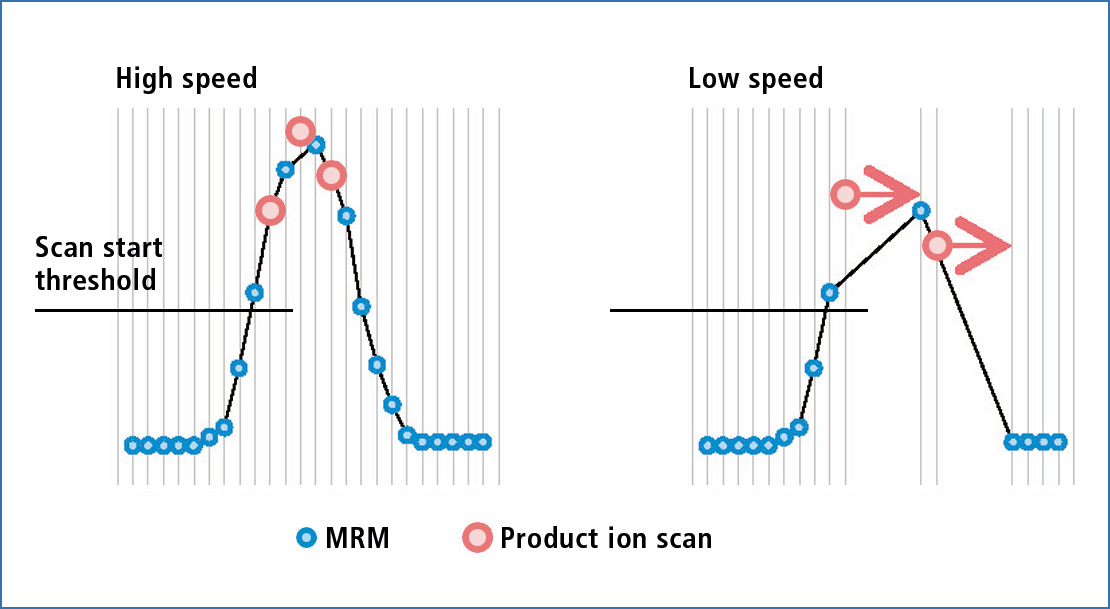 Figure 2: Triggered production analysis during MRM acquisition
Figure 2: Triggered production analysis during MRM acquisition
Certain patented quadrupole technologies combine high sensitivity of the system with fast data acquisition rates. Fast polarity switching times of 15 ms enable the simultaneous measurement of positively and negatively ionized compounds within one run. The fast data acquisition rates generate more data points and therefore have a direct influence on the signal shape and the quantitative result (Figure 3).
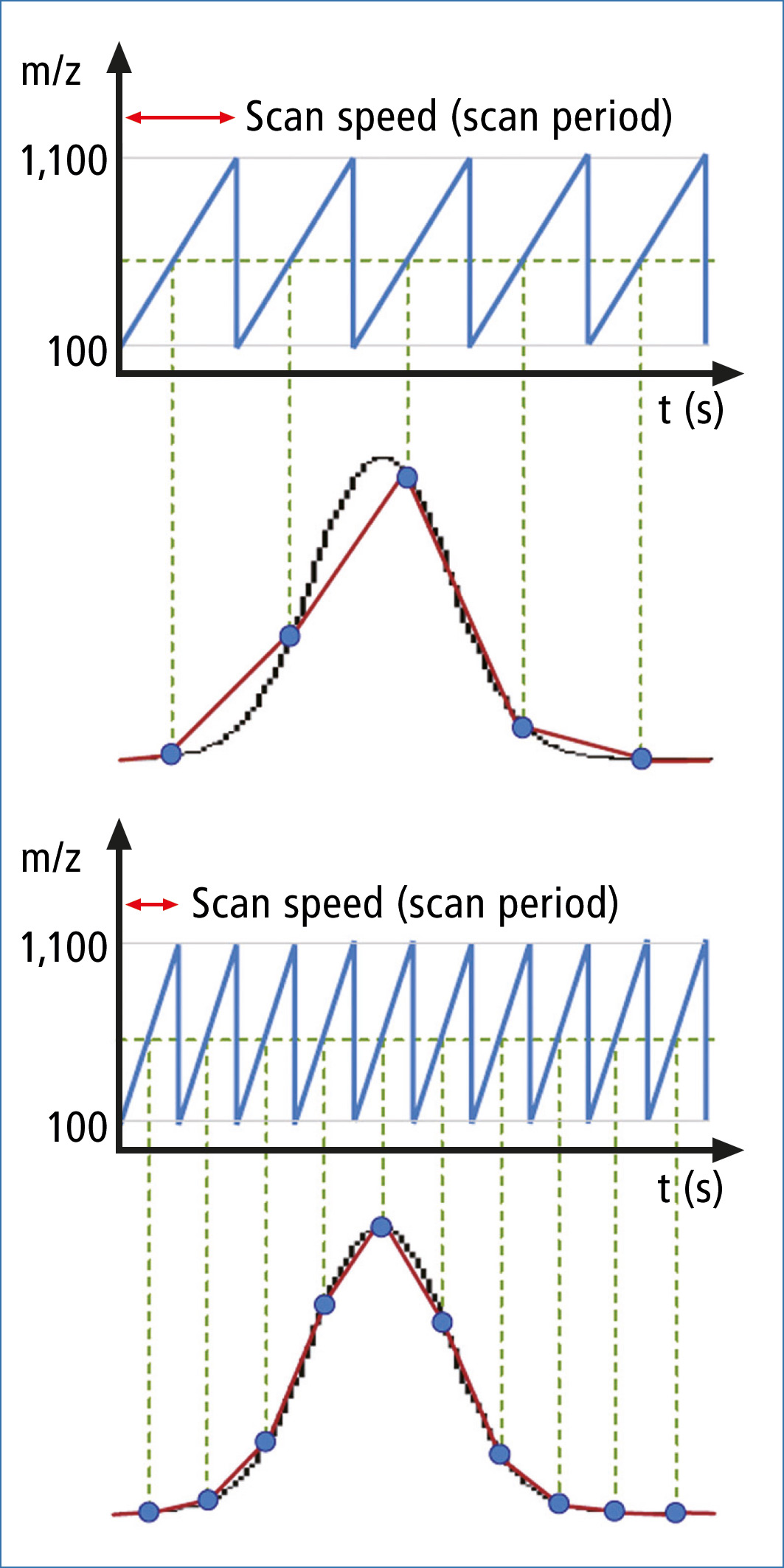 Figure 3: Influence of data points on signal shape
Figure 3: Influence of data points on signal shape
The LCMS-8040’s new UFsweeper™ II technology enables ultrafast acquisition of up to 555 MRMs per second with minimal dwell and pause times of approximately 1 ms. Even at such high MRM processing frequencies, the generated fragments are removed quickly and efficiently from the collision cell. This suppresses crosstalk while ensuring unequivocal identification and quantification. To further increase the number of data points for a multi-component analysis, the LabSolution software enables time scheduling of the MRM acquisition based on elution times of the different analytes (MRM synchronization).
Cleaning and maintenance of the LCMS-8040 is fast and easy. The possibility to exchange the desolvation line without breaking the vacuum ensures stable operation without long downtimes. The LabSolution software combined with several method packages (including database and MRM acquisition methods for pesticides, veterinary drugs, drugs of abuse or water quality analysis) enables a fast and simple analysis startup.
LCMS-8080 – ‘Best in Class’ in terms of sensitivity and quantification
Transfer of as many ions as possible to the detector is essential in order to attain highest sensitivities. Complex technologies such as coaxial hot gas provide an efficient ionization by combining and heating the gas stream of the ion source which enables the LCMS-8040 to achieve this goal easily. Hot-Source Induced Desolvation (HSID) efficiently removes neutral contaminations. In addition, the laminar flow technique enables easy transfer of large amounts of ions to the detector with high transmission efficiency at high speeds. These unique technologies are advantageous in many applications where a high degree of sensitivity is essential.
However, based on its design, the LCMS-8080 does not achieve the speed advantages of the 8030/8040 series. But the extremely high sensitivity still enables fast high-end analysis of even traces in very complex matrices. The LCMS-8080 completes this series of LCMS systems.
The small footprint of the complete system also saves laboratory space. In addition, the system also runs under the well-established user-friendly LabSolution software.
GCMS series – unique sensitivity and speed
The new GCMS-TQ8030 offers the outstanding performance and ease of use of the GCMS-QP2010 single-quadrupole while integrating the UFMS technology of the LCMS-8030.
The GCMS-TQ8030 offers a sensitivity and speed that no other triple quadrupole GCMS system can match. This is based on Shimadzu’s vendor proprietary technologies such as the high-efficiency ion source, noise elimination technology, high-speed scanning control (ASSP) and UFsweeper technology (Table 1).
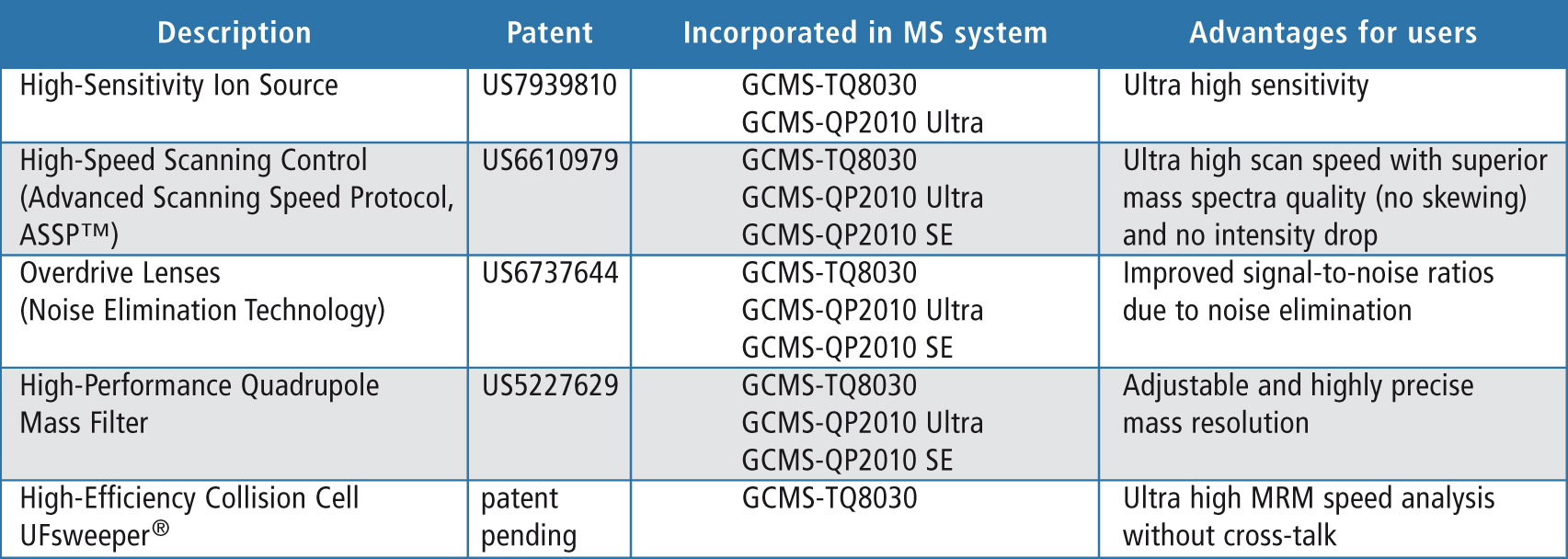 Table 1: Shimadzu’s manufacturer-proprietary technologies
Table 1: Shimadzu’s manufacturer-proprietary technologies
The UFSweeper with its unique design forms a pseudo-surface potential which accelerates ions out of the collision cell. Together with the cleaning mechanism after each transition, this achieves analysis without crosstalk even during ultrafast measurement (600 transitions/s). The unique ability of the GCMS-TQ8030 to carry out high-speed data acquisition with the ASSP functionality, MRM and full-scan (Q3) in a single run (even in fast GC or comprehensive GC applications) yields previously unmatched results of highest quality. Based on its sensitivity and selectivity, the MRM data can be used for quantitative target analysis. Q3 full-scan data with complete spectra and LRI-information (linear retention index) are used for accurate identification in order to avoid false-positive or false-negative results, while also providing information on non-target compounds. This methodology offers the most efficient tool for routine analysis, e.g. a QuEChERS prepared matrix for pesticide screening.
Comprehensive GC is an application area in which the detector speed of the mass spectrometer is extremely important. This analytical application drastically increases the separation performance of the system, whereby two columns are connected in series and a modulator placed between the two columns controls the injection onto the second column.
The second column is generally a short capillary column (2.6 meter) with a reduced internal diameter (ID = 0.1-0.15 mm) and a stationary phase orthogonal to the stationary phase of the first dimension column. Typical peak base widths that can be attained in comprehensive GCxGC applications are between 200-600 ms. The system must therefore be able to detect one data point for the required information with a sampling frequency of 50-20 Hz (one data point every 0.02-0.06 sec with complete information over a mass range of at least 350 amu). Only then is it possible to provide reliable quantitative information. Shimadzu offers both GCMS series (single and triple quadrupole) for comprehensive applications (Figure 5).
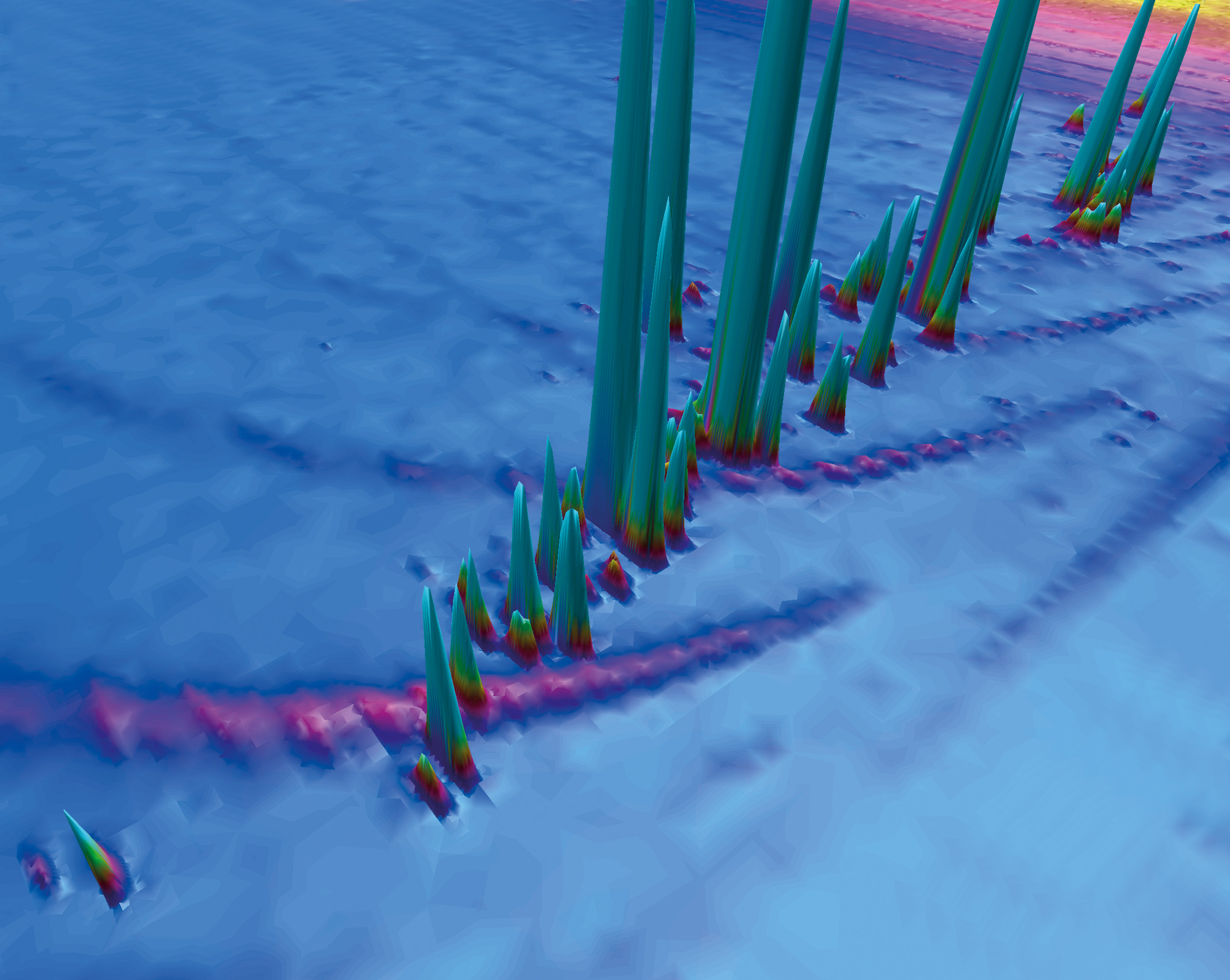 Figure 5: Three-dimensional information obtained by GCxGC application
Figure 5: Three-dimensional information obtained by GCxGC application
In addition to the ultra-high scan speed of the single and triple quadrupole, the patented ASSP function represents a key feature. Using this unique technology, a breakthrough in terms of detection sensitivity in high-speed analysis has been achieved. In addition, the spectral quality is unchanged, even at a scan speed of 20,000 u/s of the quadrupole system.
Flexibility is the key characteristic of Shimadzu’s GCMS series. The high-performance turbo molecular pump with dual inlet and the differential vacuum construction with optimized surfaces enable adjustment of column flow rates up to 15 mL/min (GCMS-QP2010 Ultra) or 10 mL/min (GCMS-TQ8030). This enables the use of a twin-line MS system in which two columns are installed simultaneously in the mass analyzer without any loss of sensitivity. A twin-line system can be used for smooth acquisition of data sets on different columns without the need for column handling or ventilation of the MS. This drastically increases productivity (Figure 4).
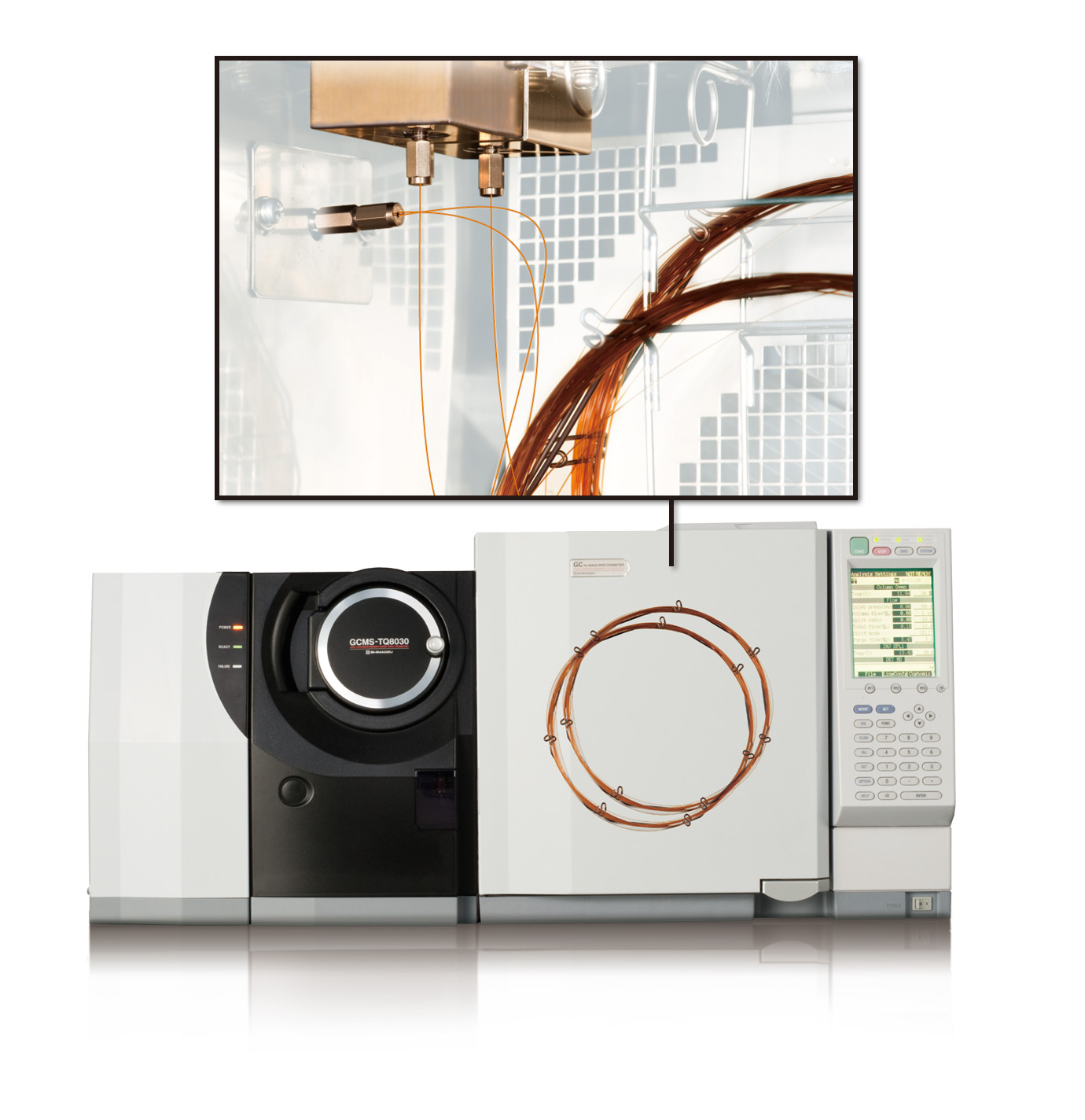 Figure 4: Twin-line configuration of the GCMS-TQ8030
Figure 4: Twin-line configuration of the GCMS-TQ8030
GCMS-Software
The GCMSsolution software, well-known from the GCMS-QP2010 series, offers fast MS/MS method development training. The AART function guarantees automatic adjustment of retention times and can be used, for instance, for method transfer from a conventional to a fast column. The COAST function plays an important role in MRM method development and enables straightforward development of various methods for an MS/MS detection mode.
GCMS-QP2010 Ultra and GCMS-TQ8030
- High-performance quadrupole systems offer highest sensitivity at ultra-high speeds (20,000 µ/s, 100 Hz)
- Provide the most flexible systems, extendable with multidimensional techniques and a vast selection of peripheral equipment for future needs
GCMS-QP2010 SE
- Routine instrument with outstanding price-performance ratio. Meets all requirements of numerous application areas
- User-friendly, easy functionality for straightforward maintenance (Easy sTop) of the inlet system Summary
Users benefit from Shimadzu’s UFMS systems through further improved data quality and higher speeds never before been. Unique technologies set a new global standard in mass spectrometry by providing deeper insights and results, thereby leading to better product, customer and patient safety.